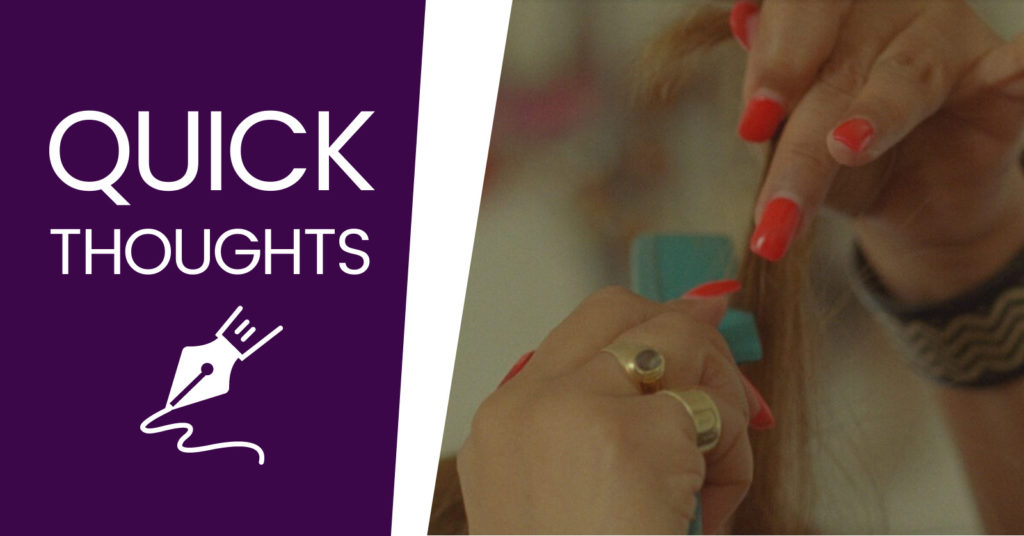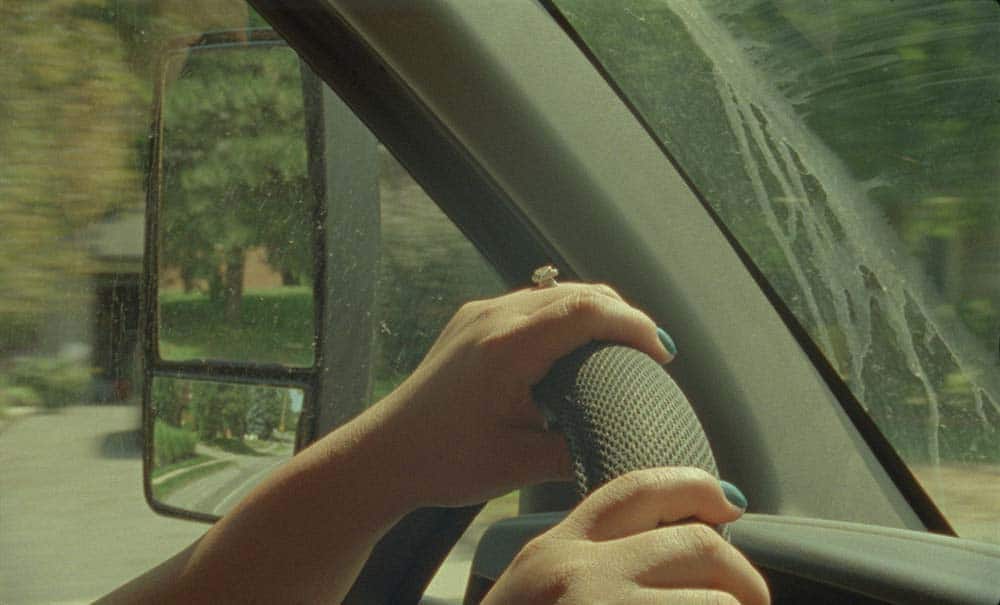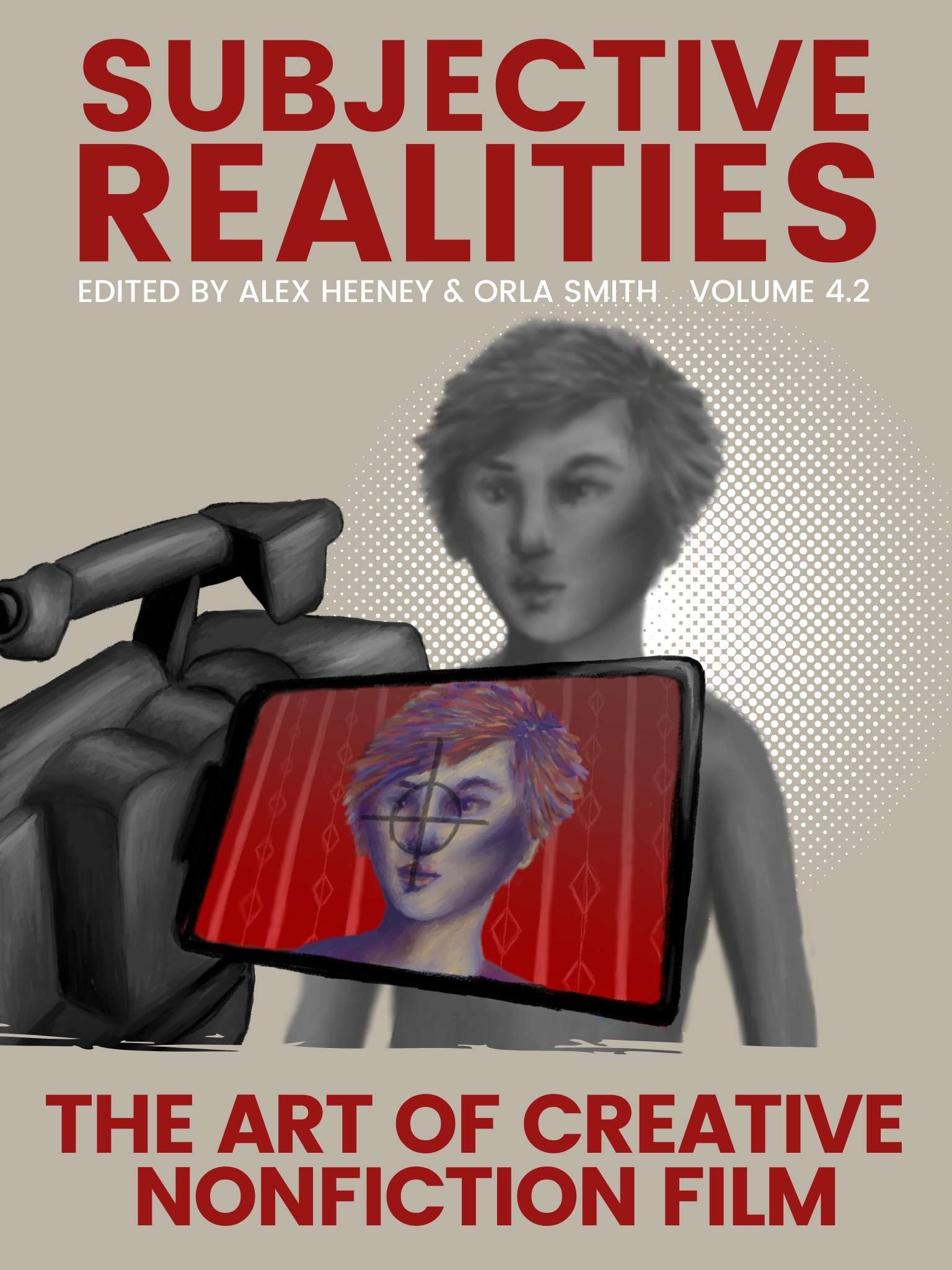Lina Rodriguez’s poetic documentary My Two Voices follows the stories of three Latin American women, in their own words. My Two Voices premiered in the Forum section of the 2022 Berlinale.

Discover one film you didn’t know you needed:
Not in the zeitgeist. Not pushed by streamers.
But still easy to find — and worth sitting with.
And a guide to help you do just that.
In Lina Rodriguez’s My Two Voices, we follow three Latin American women who tell their stories of immigration to Canada and how their different experiences have shaped their identities. It’s an impressionistic, challenging, and poetic documentary that refuses to conform to any traditions of the genre: there are no talking heads in which the women recount their stories and experiences in a linear fashion, nor is archival footage used to anchor us in a specific time or place; rather, Rodriguez chooses to abstract the women’s recollections through her own intricate formal language.
Rodriguez cites Trinh T. Minh-ha’s notion of “speaking nearby” instead of “speaking about,” in the press kit for the film, and Rodriguez borrows from the Vietnamese filmmaker with tact and grace. This eloquently allows these women to share in a space and a moment, rather than having their stories uprooted and contrasted against each other. They are never stripped of their autonomy or identity but rather invited into a collective one in which they share a powerful resilience.
The film is almost exclusively comprised of closeups — of the women’s hands occupied by labour, hobbies, objects, places — and we don’t see their faces until the very end, when we meet them “face to face” alongside their families, and Rodriguez herself. This appears to be a personal project, as Rodriguez is also a Latin American immigrant to Canada, and she seems very close with the three women. Just as Rodriguez is close to these women, she pulls us in, as well: the closeness of the camera, combined with the tactile sound design and their voiceovers, envelop us deeper within their inner lives. This is not intended to be a history lesson on the politics and challenges of immigration, but rather, an invitation to listen to their voices.

The three women we meet in the film are Claudia Montoya, Ana Kostic, and Marinela Piedrahita. We hear anecdotal stories, such as a close encounter with Pablo Escobar which resulted in death and destruction. We hear stories of domestic violence and state violence. We hear moments of despair, but also moments of hope. They do not share the exact same history, of course, but in their differences, they are also united. As the title of the film suggests, this is about a multiplicity of voices: pulling up one’s roots and planting new ones; finding integration without erasure; and learning new languages without losing your voice. These are universal difficulties when you are forced to leave your home for another.
By design, the voices of the women in My Two Voices are, at times, difficult to separate from one another. In her conversation with Christina Nord for the Berlin Film Festival, Rodriguez talked about how she assembled the voices as a choir. This idea of the choir is not about them talking over one another; rather, their individual voices come together to form a collective expression. Their names are never superimposed upon the image, nor do they introduce themselves in each scene. You start to get familiar with them and their families and stories as the film progresses, but not every moment is anchored to a specific woman. Rodriguez invites us to listen to their words and their words only.
The images we see and the sounds we hear are fractured in the sense that they do not occur at the same time; we see a closeup of a woman’s hands as she is sanding a piece of wood, while she tells a story of working at a golf club through a superimposed voice over. This scene (which you can see here) is emblematic of the multivocality of My Two Voices. This creates an audiovisual space in which we, as the audience — the listener — can let the images wash over us.
Rodriguez’s compositions are reminiscent of Jessica Sarah Rinland’s beautiful film on conservation, Those That at a Distance Resemble Another. The camera comes in close and observes the smaller details: painted fingernails, the movements of grass, or a person scrubbing their floors. The images are beautiful and alluring in their own right, but they never distract from the voices we hear. Neither does the wonderful sound design by Sofia Bohdanowicz (director of Point and Line to Plane, Veslemøy’s Song, and Ms Slavic 7). Bohdanowicz has proven through her directorial work that she understands the importance of sound in relation to human connection and empathy. Veslemøy’s Song is quite literally designed around the notion. In My Two Voices, Rodriguez’s ear for even the smallest, faintest creaks of woods or gusts of wind inside an old house gives the film a tactility that draws the audience further into the rich tapestry in which the women’s voices are at the core.
Rodriguez’s bond with the three women in the film is palpable. She is not only an observer, or an intruder who seeks to capture them on her camera. She is part of their lives, and thus part of their stories. My Two Voices walks a similar path to other empathetic artists such as the aforementioned Trinh T. Minh-ha and also John Berger, in which a decentralized, non-hierarchical mode of expression allows new voices and perspectives to blossom in full. Rodriguez makes sure to open up enough space for Montoya, Kostic, and Piedrahita’s voices to fully resonate in the presence of a listener.
You could be missing out on opportunities to watch great films like My Two Voices at virtual cinemas, VOD, and festivals.
Subscribe to the Seventh Row newsletter to stay in the know.
Subscribers to our newsletter get an email every Friday which details great new streaming options in Canada, the US, and the UK.


